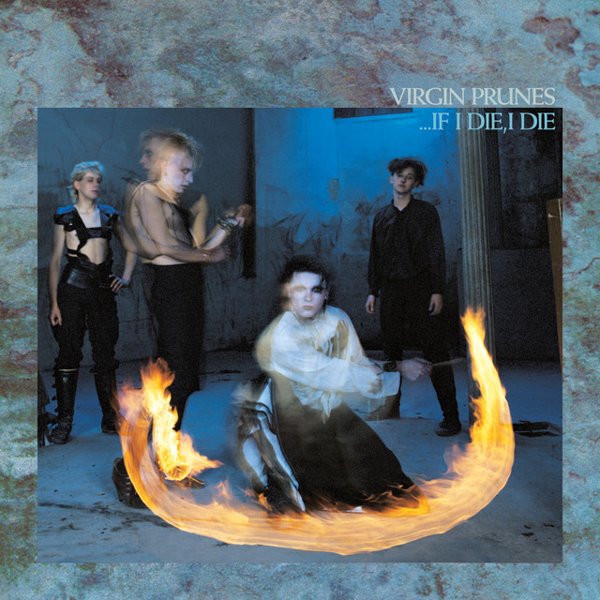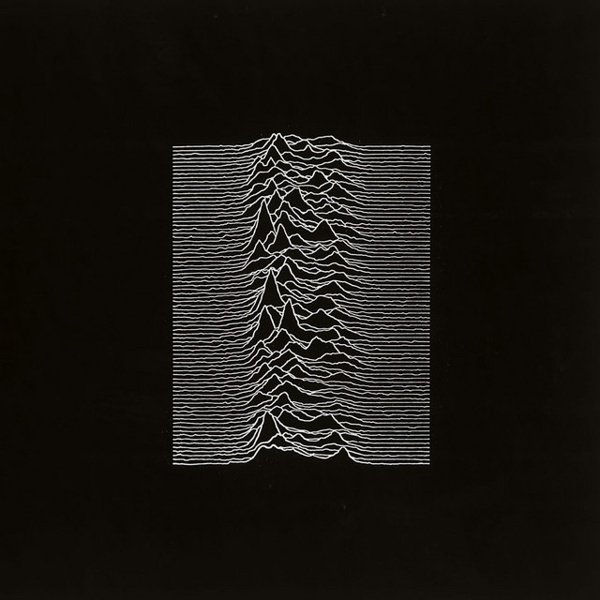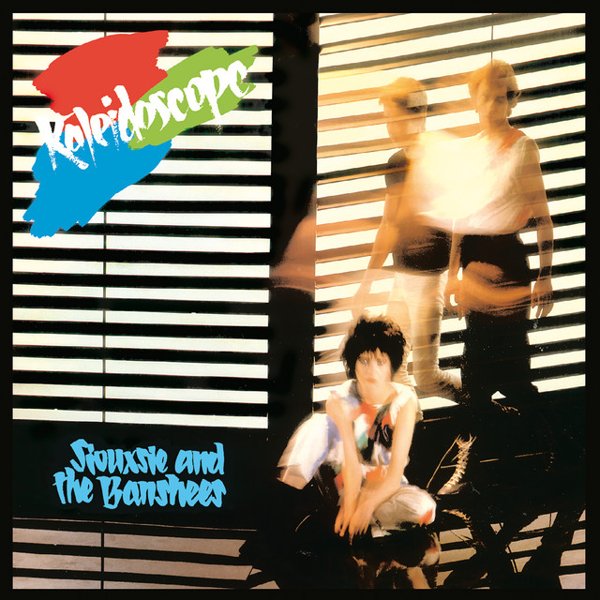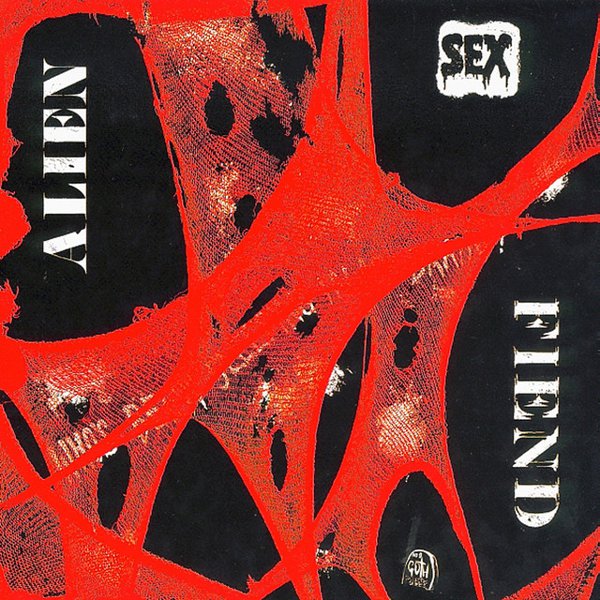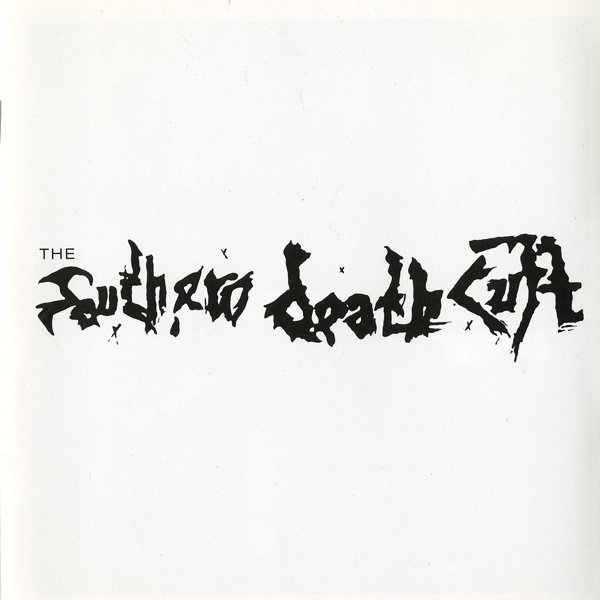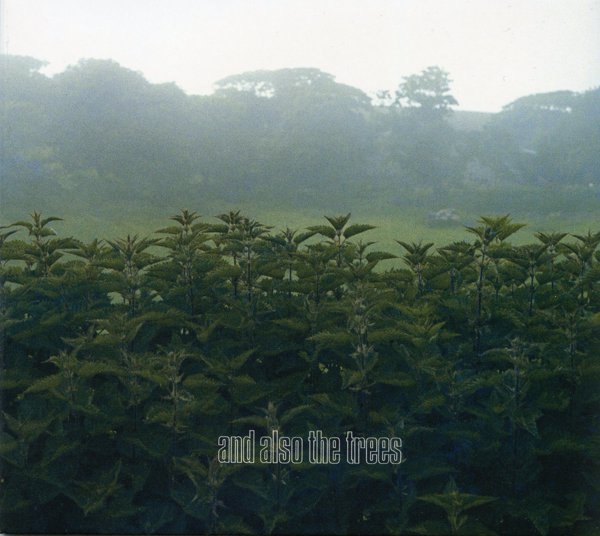While there were plenty of worldwide acts and inspirations for the now decades-long goth subculture, musical and otherwise, ground zero for the form was in the UK, whether from homegrown scenes or visitors from elsewhere. While no one performer or band can be called the exact flashpoint, or even source of inspiration, in retrospect for many of the acts given the goth tag it was the impact of glam rock that had fired up their imaginations a few years beforehand. In particular, the late seventies work of David Bowie and especially Iggy Pop set out some sonic and performance approaches that any number of bands ran with. If Siouxsie and the Banshees, thanks to their connections with the original London punk scene and venues, were a key starting point, they were rapidly joined in the public eye by performers like Joy Division, Bauhaus, the Cure, the Birthday Party, the Sisters of Mercy, the Virgin Prunes and many more, not even touching on fellow travellers tagged as post-punk or part of other wider fields.
The range of what was happening among these bands — absolutely none of whom started a band with any idea they’d be called goth soon after — showed that goth was less a descriptive tag than an attempt to capture a mood shaded by personal, societal or political tensions and angst, even if often shot through with a wicked humor. The Banshees always resisted the label to begin with, exhibiting a wider art-pop range, while Bauhaus’s monumental “Bela Lugosi’s Dead,” for all the horror theatrics and shattering guitar, was equally an open tribute to the astonishing production work of Jamaican legends such as Lee Perry and King Tubby. (Not to mention that when it came to presentation there was a world of difference between Joy Division’s normal-guy looks and the vivid hairstyle and makeup approaches of Siouxsie, the Virgin Prunes’ Gavin Friday, the Cure’s Robert Smith and many more.) By the mid-1980s acts like Specimen, Gene Loves Jezebel, Alien Sex Fiend and more had further explored just whatever it was goth was supposed to be, often more self-consciously, and from there — especially as acts like the Cure built up massive overseas fanbases — it’s been off to the races ever since.

